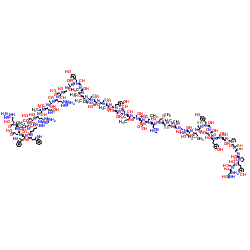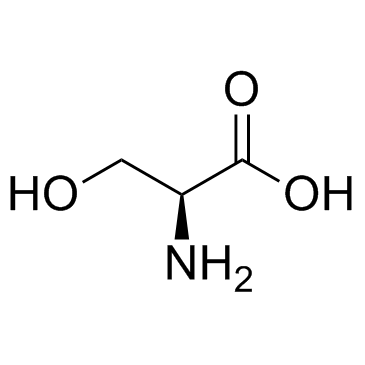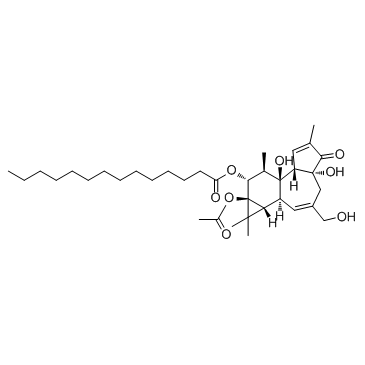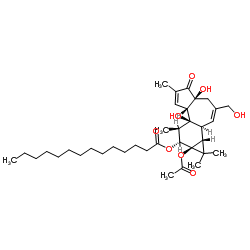| Structure | Name/CAS No. | Articles |
|---|---|---|
 |
Epidermal Growth Factor (from mouse)
CAS:62229-50-9 |
|
 |
L-serine
CAS:56-45-1 |
|
 |
12-O-tetradecanoylphorbol-13-acetate
CAS:16561-29-8 |
|
 |
Angiotensin II acetate salt
CAS:4474-91-3 |
|
 |
AMPHIREGULIN(AR), HUMAN, RECOMBINANT
CAS:117147-70-3 |
|
 |
4α-TPA
CAS:63597-44-4 |